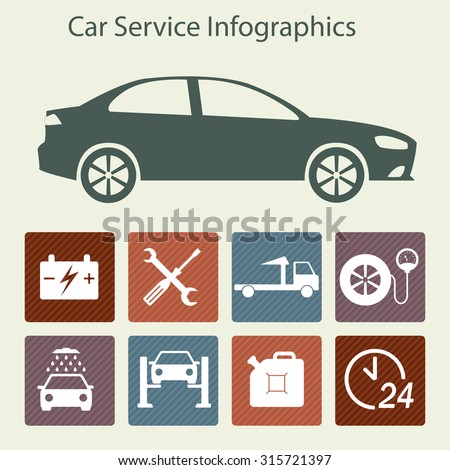Eager To Understand What The Dashboard Warning Lights In Your Vehicle Symbolize? Explore Their Definitions For The Well-Being And Safety And Security Of Your Vehicle
Eager To Understand What The Dashboard Warning Lights In Your Vehicle Symbolize? Explore Their Definitions For The Well-Being And Safety And Security Of Your Vehicle
Blog Article
https://www.nydailynews.com/new-york/nyc-crime/ny-police-seek-shooter-auto-shop-killing-20210825-vqknfh6wszgcdd4qd4u54oh7pq-story.html -Higgins Kejser
When you lag the wheel, those beautiful warning lights on your dashboard can be a little bit complicated. Do you recognize what they're attempting to inform you regarding your vehicle's health and wellness? Comprehending the significance of these lights is essential for your safety and the long life of your vehicle. So, the following time among those lights turns up, wouldn't you want to decipher its message properly and take the required steps to address it?
Common Caution Lighting and Interpretations
Recognize common caution lights in your auto and comprehend their meanings to make sure risk-free driving.
One of the most normal warning lights include the check engine light, which signifies problems with the engine or emissions system. If this light begins, it's important to have your lorry inspected quickly.
The oil pressure cautioning light shows reduced oil stress, calling for instant interest to prevent engine damages.
A blinking battery light could suggest a damaged charging system, potentially leaving you stranded otherwise dealt with.
The tire pressure surveillance system (TPMS) light alerts you to reduced tire pressure, affecting vehicle stability and fuel effectiveness. Neglecting this could bring about dangerous driving problems.
The ABS light shows a trouble with the anti-lock stopping system, jeopardizing your ability to quit promptly in emergency situations.
Finally, the coolant temperature warning light warns of engine getting too hot, which can cause extreme damages otherwise resolved promptly.
Understanding these common caution lights will aid you resolve issues quickly and keep secure driving problems.
Value of Prompt Attention
Recognizing the typical caution lights in your car is only the first step; the significance of immediately dealing with these cautions can't be stressed sufficient to ensure your safety and security on the road.
When a warning light brightens on your control panel, it's your vehicle's way of connecting a potential issue that requires interest. Neglecting these warnings can cause much more extreme issues in the future, jeopardizing your security and possibly costing you much more in repairs.
Trigger attention to warning lights can prevent malfunctions and crashes. For example, a blinking check engine light could show a misfire that, if left unattended, might trigger damages to the catalytic converter. Addressing this promptly can save you from a pricey repair.
Similarly, a brake system warning light may indicate low brake liquid or worn brake pads, essential parts for your safety when driving.
Do It Yourself Troubleshooting Tips
If you observe a warning light on your control panel, there are a few do it yourself troubleshooting suggestions you can try before seeking expert help.
The first step is to consult your cars and truck's handbook to comprehend what the specific warning light shows. In some cases the concern can be as straightforward as a loose gas cap causing the check engine light. Tightening the gas cap may resolve the trouble.
One more common issue is a low battery, which can trigger numerous advising lights. Checking the battery connections for deterioration and guaranteeing they're safe may take care of the problem.
If a warning light continues, you can try resetting it by detaching the car's battery for a couple of minutes and afterwards reconnecting it. In addition, inspecting your lorry's fluid levels, such as oil, coolant, and brake liquid, can help troubleshoot alerting lights connected to these systems.
Final thought
To conclude, understanding your cars and truck's caution lights is essential for keeping your lorry running efficiently and securely. By without delay addressing these notifies and understanding what they indicate, you can stay clear of expensive fixings and possible break downs.
Keep in https://stephenmgavo.myparisblog.com/30439933/the-evolution-of-auto-detailing-techniques-over-the-last-years to consult your auto's manual for specific details on each cautioning light and act appropriately to make certain a hassle-free driving experience.
Keep informed, remain risk-free when driving!
